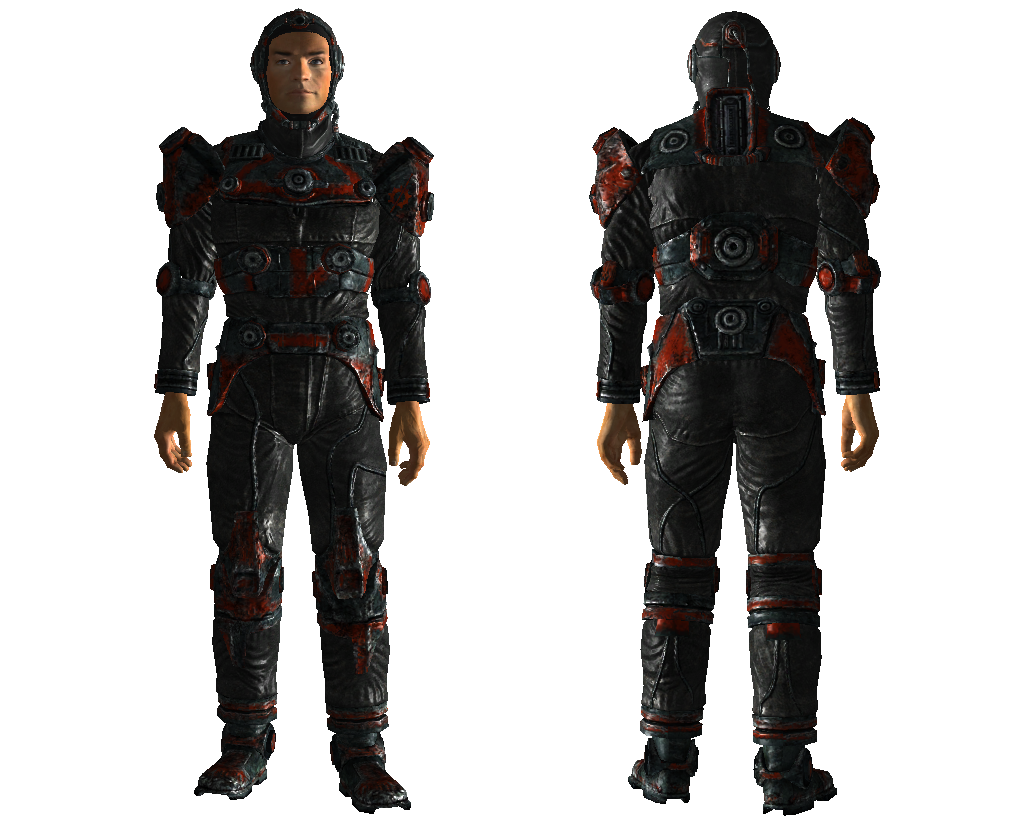

Shea attempted to stop sympathy strikes by other teamster locals, but three locals walked out and eventually disaffiliated over the sympathy-strike issue. In November 1903, teamsters employed by the Chicago City Railway went out on strike. Several major strikes occupied the union in its first three years. Murphy was a politician, union organizer, and reputed gangster, and he was murdered in 1928. Shea, John Miller, Fred Mader, and Tim Murphy sitting in a row in a courtroom in Chicago, Illinois, during a labor trial. Informal portrait of (left to right) Cornelius P. During Shea's presidency, the entire teamsters union was notoriously corrupt. It also meant that teamsters leaders were able to demand bribes in order to avoid strikes, and control of a teamsters local could bring organized crime significant revenues. The teamsters were vitally important to the labor movement, for a strike or sympathy strike by the teamsters could paralyze the movement of goods throughout a city and bring a strike into nearly every neighborhood.

The union, like most unions within the American Federation of Labor (AFL) at the time, had a largely decentralized structure, with a number of local unions that governed themselves autonomously and tended to look only after their own interests in the geographical jurisdiction in which they operated. Turley of Chicago as secretary-treasurer and Albert Young as general organizer. Shea won the election on August 8, 1903, by a vote of 605 to 480. Sheridan and George Innes, president of the TDIU, accused Shea of embezzlement in an attempt to prevent his election. Shea was opposed by John Sheridan, president of the Ice Drivers' Union of Chicago. Shea effectively controlled the convention because the Chicago locals-representing nearly half the IBT's membership -supported his candidacy en bloc. The AFL asked the TDIU to merge with Young's union to form a new, AFL-affiliated union and the two groups did so in 1903, forming the International Brotherhood of Teamsters (IBT), and electing Cornelius Shea as the new union's first president. Claiming more than 28,000 members in 47 locals, its president, Albert Young, applied for membership in the AFL. Unlike the TDIU, which permitted large employers to be members, the new Teamsters National Union permitted only employees, teamster helpers, and owner-operators owning only a single team to join, and advocated higher wages and shorter hours more aggressively than the TDIU. In 1901, a group of teamsters in Chicago, Illinois, broke from the TDIU and formed the Teamsters National Union. In November 1898, the AFL organized the Team Drivers' International Union (TDIU).

The American Federation of Labor (AFL) had helped form local unions of teamsters since 1887. Cornelius Shea, first General President of the Teamsters, circa 1905


 0 kommentar(er)
0 kommentar(er)
